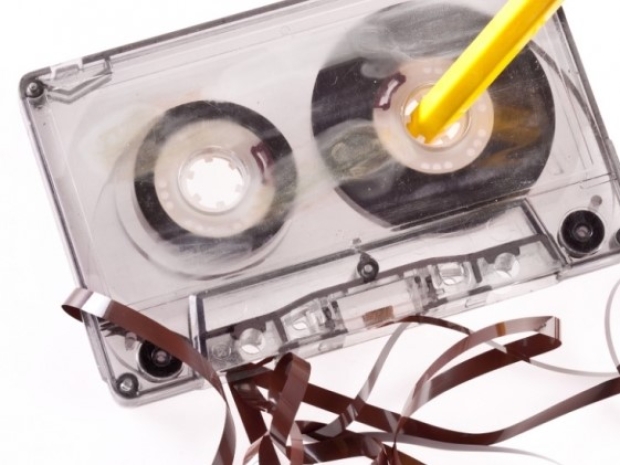The tiny structures can be used for long-term five-dimensional (5D) optical data storage that is more than 10,000 times denser than Blue-Ray optical disk storage technology.
Apparently the data storage uses three layers of nanoscale dots in a glass disk. The size, orientation, and position (in three dimensions) of the dots gives you the five "dimensions" used to encode data.
The boffins seem certain that the 5D disc could remain readable after 13.8 billion years, although it is uncertain how they can be sure of this without a reliable form of time travel or geomancy. Besides in 13.8 billion years most users will doing something better with their time like going to Keith Richards concerts.
However, the boffins say that in the shorter term, 5D optical media could also survive after being heated to 1,000 degrees Celsius.
The technique devised by doctoral researcher Yuhao Lei uses a femtosecond laser with a high repetition rate. The process starts with a seeding pulse that creates a nanovoid, but the fast pulse doesn't need to write any data.
The repeated weak pulses use near-field enhancement to gently sculpt the. The boffins evaluated laser pulses at a variety of power levels, finding a level that sped up writing without damaging the silica glass disk. The study reported a maximum data rate of one million voxels per second, but each bit requires several voxels in 5D optical systems.
That works out to a data rate of about 230 kilobytes per second. It would take about two months to write this much data, after which it cannot be changed.
This work is still in the early stages, but the team managed to write and retrieve 5GB of text data using a 5D optical medium. All you need to read the stored data is a microscope and polarizer, and it should be readable for eons.
he findings appear in Optica, Optica Publishing Group's journal for high-impact research, which we get for the horoscope .

